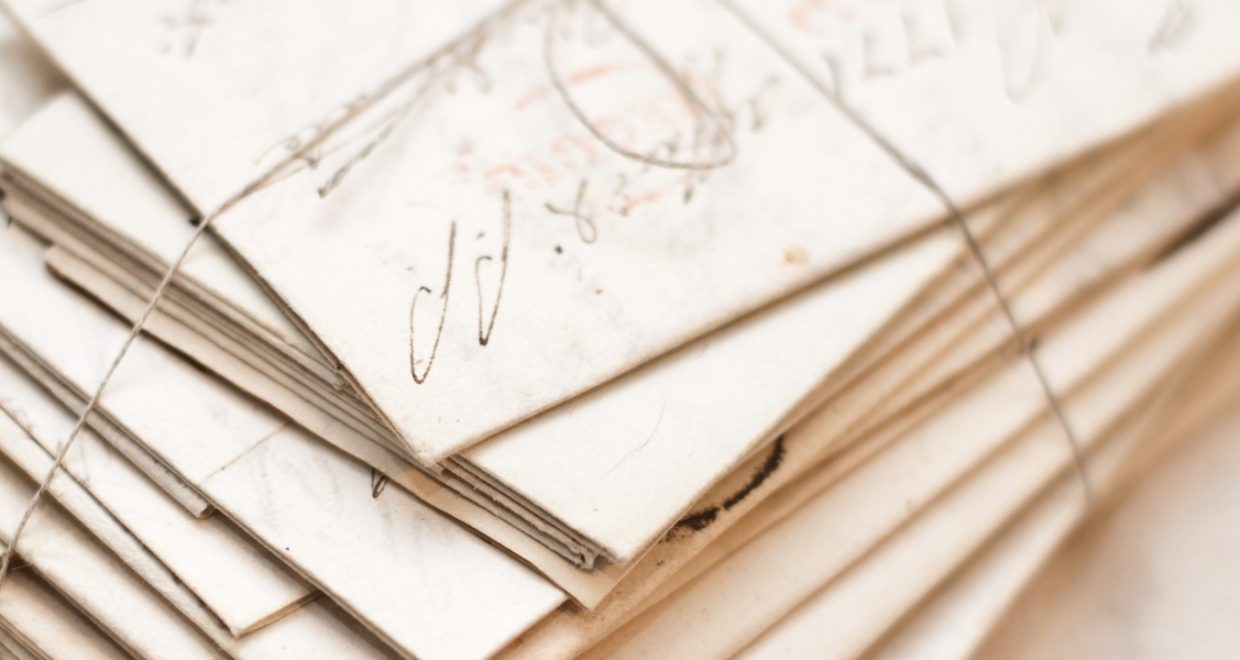The Materiality of English Suicide Letters, c.1700-c.1850
This accompanies Ella Sbaraini’s Historical Journal article ‘The Materiality of English Suicide Letters, c. 1700 – c. 1850‘
In my research into the history of suicide, one type of document has always left the greatest impression upon me: suicide letters. Usually slipped quietly between the pages of a coroner’s inquest, these deeply personal letters always gave me the greatest sense that I was hearing the voices of the people I studied. While diaries, memoirs or extended reams of correspondence usually evidenced the lives of the wealthy and well-educated, these often brief letters were left by a much wider range of people, an important consideration for my current research. For these reasons, and many more, I wanted to understand these letters, and to know what they could tell us about the experience of suicide in this period.
Previous scholars have been crucial in helping us understand the linguistic features, and literary conventions, of these letters. But when I happened to find a suicide letter, I was also always struck by their physicality – by the fact that I was holding an object, as well as reading people’s words. It was this very real experience of their materiality which led me to write this piece. At its heart, it asks the question: what do we learn, when we appreciate these letters as objects as well as texts? It first examines how they were created, and looks at how and in what spaces suicidal people left letters for others. It then looks at their form, structure and materiality, and challenges the idea that they were written with a large audience in mind. Lastly, this article considers the ‘afterlives’ of these complex objects, and at how they are altered by the journalistic, archival and digital institutions that encounter them. In considering suicide letters’ in this way, I am building upon decades of crucial work by other scholars, who have created a flourishing sub-field in the history of materiality. But I was also responding to a sense that many of us have in the archives – that we are holding a very real, very physical object, which was once held by the person we are now studying.





